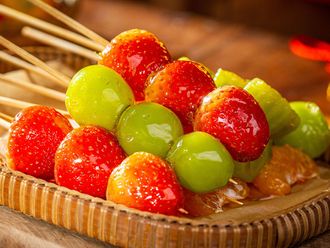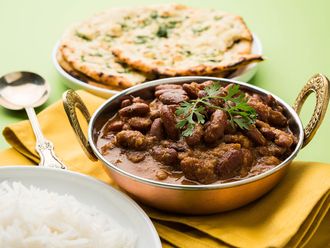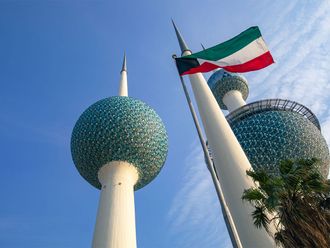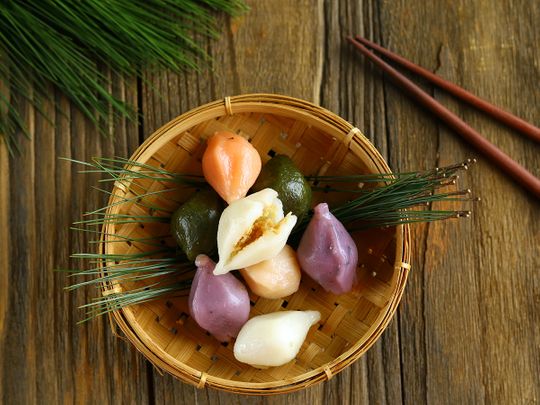
When we come across the word ‘thanksgiving’, our brains immediately supply us with images of stuffed roast turkey, bowls of mashed potatoes, gravy and candied yams – all signature dishes of a hearty North American dinner tinged with warmth and familial values. However, those in the Far Eastern country of Korea give thanks a bit differently – it happens when the moon is full and the family sits down to prepare sticky crescent-shaped rice cakes using fresh harvest.
Chuseok or mid-autumn festival is sometimes dubbed as the Korean Thanksgiving Day, though a definition as superficial as that might do it disservice. Koreans call the festival ‘Han-gawi’, meaning an important day that falls in the middle of the eighth month of the lunar calendar, which is September 21 on the Gregorian calendar this year.
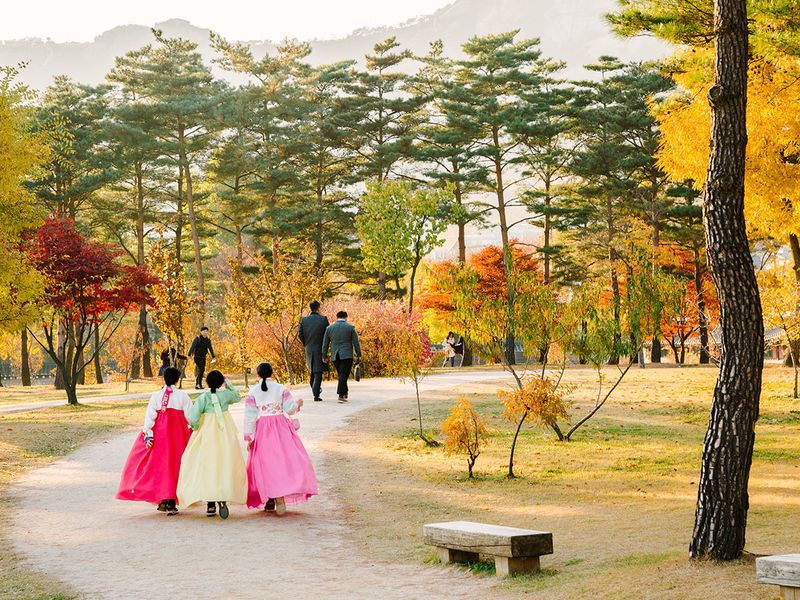
When the harvest moon swells large and bright just before the autumnal equinox, Koreans take advantage of the three-day-long national holiday – and make the yearly pilgrimage home to set the table for their ancestors or ‘charye’, play traditional games and feast on delicious homemade meals, all the while dressed in the ‘hanbok’ or traditional Korean clothing.
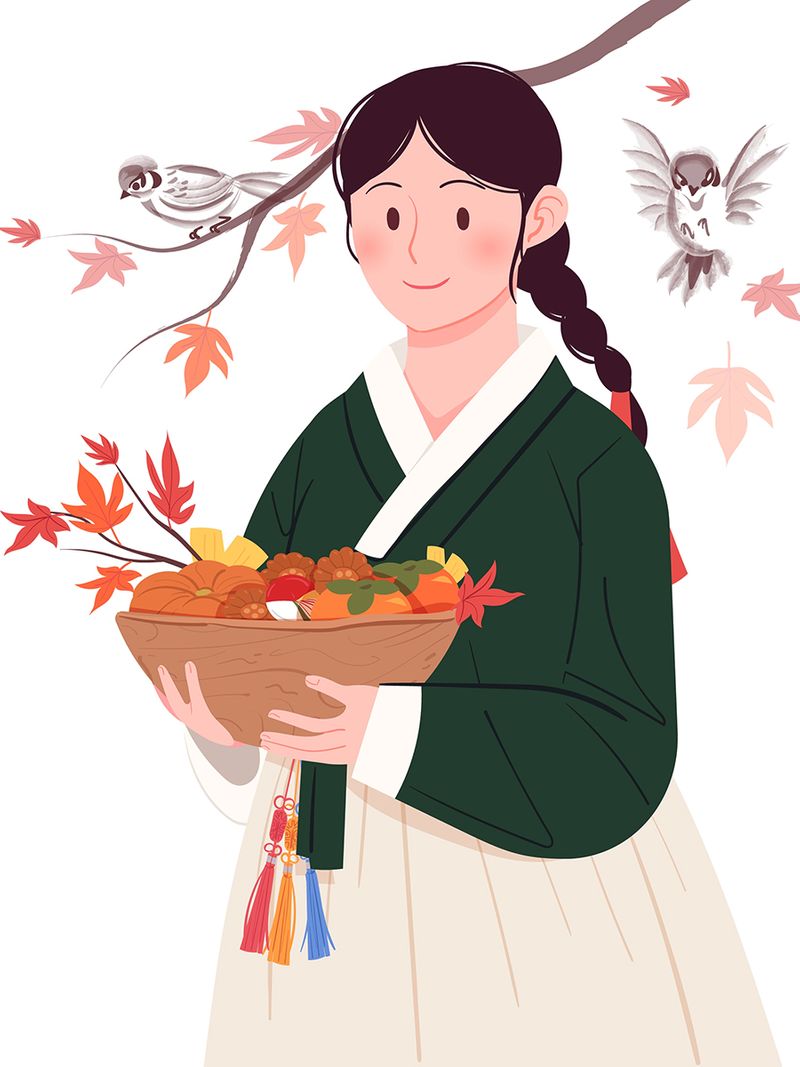
When the harvest moon swells large and bright just before the autumnal equinox, Koreans take advantage of the three-day-long national holiday – and make the yearly pilgrimage home to set the table for their ancestors or ‘charye’, play traditional games and feast on delicious homemade meals, all the while dressed in the ‘hanbok’ or traditional Korean clothing.
“Even in our country’s historical records such as the ‘Samguk sagi’, we find that our ancestors celebrated Chuseok with food, dancing and singing,” Annie Chung, co-owner of Hyu, a Korean restaurant in Dubai, told Gulf News in an interview. She was referring to a monumental 12th-century work detailing the history of the three ancient Korean kingdoms. “During Chuseok, so many people visit their parents and relatives in their hometowns. Especially in this busy modern world, they like to feel the love and attention from their families.”
And the weather seems to be perfect for it too – neither too cold nor too warm, the pleasant autumn making hours of commute and meal prep easier. The latter is largely undertaken by the women in the family, according to Chung, who as a Seoul-dweller would take the train to the coastal city of Busan to visit her grandparents and cousins for the harvest festival.
“I helped my mum and other female family members prepare and cook the food,” she said, reminiscing her exciting train journeys that involved snacking on boiled eggs. “I was very good at making ‘songpyeon’ or rice cakes, that’s why even after I moved to Dubai I make it by myself since I know how to prepare the fillings.”
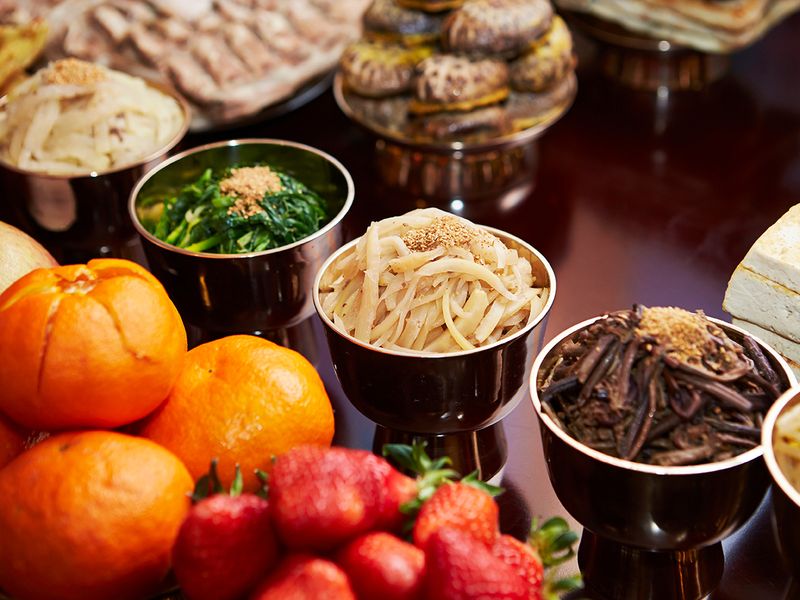
The half-moon to happiness
Colourful half-moon rice cakes or songpyeon are bite-sized delights that are most famously made and eaten during Chuseok. One counts on the entire family to get the job done. Freshly harvested rice flour is used for the dough, which is then sectioned off into small balls and stuffed with a sweet filling of choice (red bean paste, chestnut paste, honey, sesame seeds and more) at the centre. The batch is traditionally then sealed and left to steam in a bed of pine needles.

Even in our country’s historical records such as the ‘Samguk sagi’, we find that our ancestors celebrated Chuseok with food, dancing and singing. During Chuseok, so many people visit their parents and relatives in their hometowns. Especially in this busy modern world, they like to feel the love and attention from their families.”
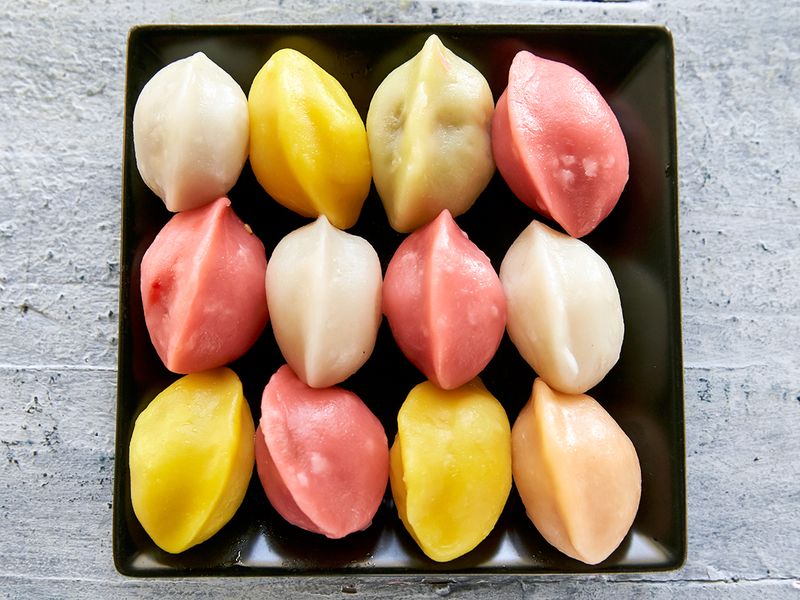
“Songpyeon is made of rice powder; it is a type of ‘tteok’ or small rice cake. We can put many kinds of fillings inside, such as roasted and seasoned sesame seeds, and boiled and seasoned chestnuts or beans,” said Chung, adding that the men and children pitch in by peeling the chestnuts and moulding the glutinous dough. Chung shares her very own family recipe for songpyeon, all the way from Seoul.
Lore has it that those who make the best-looking songpyeon will be blessed with beautiful offspring, but the feat is easier said than done. Chung tells it like it is: “The shape is ugly.” Even though the treats mark the full moon, they are, with great effort, shaped to resemble its half phase. Tae Kim, owner of Korean Sobahn Restaurant in Dubai, said that this is done in anticipation of a happy future since the waxing phase gives way to a full moon eventually.
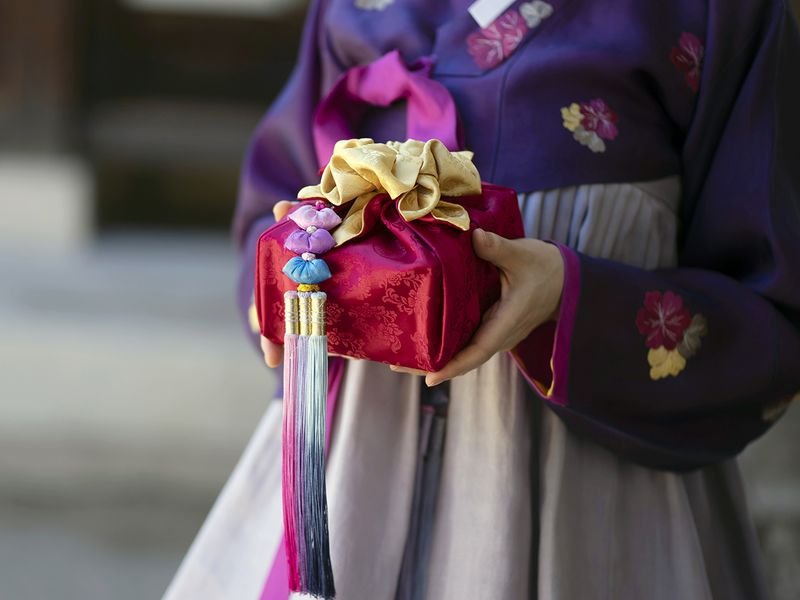
A traditional Chuseok favourite that we here in UAE can especially appreciate are dates – which, according to Kim, has the meaning of wishing for success and prosperity of the descendants when put on the table. He said: “Dates (jujubes) have the characteristics of producing so many fruits that it is difficult to count them from one tree. There are no flat flowers, and the flowered spot will surely bear fruit, symbolising the infinite prosperity of the offspring.”
Other traditional foods prepared for the family festivities include ‘galbi jjim’ – a tender, spicy-sweet beef rib dish, a holiday special in the country. It is made by slowly simmering the ribs in a rich sauce with Asian pear, spring onions, soy and more and finally garnished with dates and thinly sliced fried egg. Households also prepare various kinds of ‘jeon’ or savoury pancakes for the day – buchujeon, you can find the recipe for the delicious garlic chives pancake here, vegetable pancake (yachaejeon) and seafood pancake (haemul pajeon).
A 5000-year-old dance circle
Beyond partaking of these symbolic meals with every generation of the family at home, you’ll also find a vibrant background of folk activities within the local community. ‘Ganggangsullae’ or the Korean circle dance, inscribed on the UN representative list as an ‘Intangible cultural heritage of humanity’, is a 5000 year old ‘seasonal harvest and fertility ritual’ where women clad in colourful hanbok celebrate by dancing in a big circle, hands entwined.
Juldarigi or a tug of war game and community ritual intended to bring about good fortune and a good harvest, and traditional Korean wrestling or SSireum range on the rougher side of the day’s festivities. A game that everyone can play is Dalkssaum or chicken fighting game, which sees players hopping on one leg and trying to knock others over.
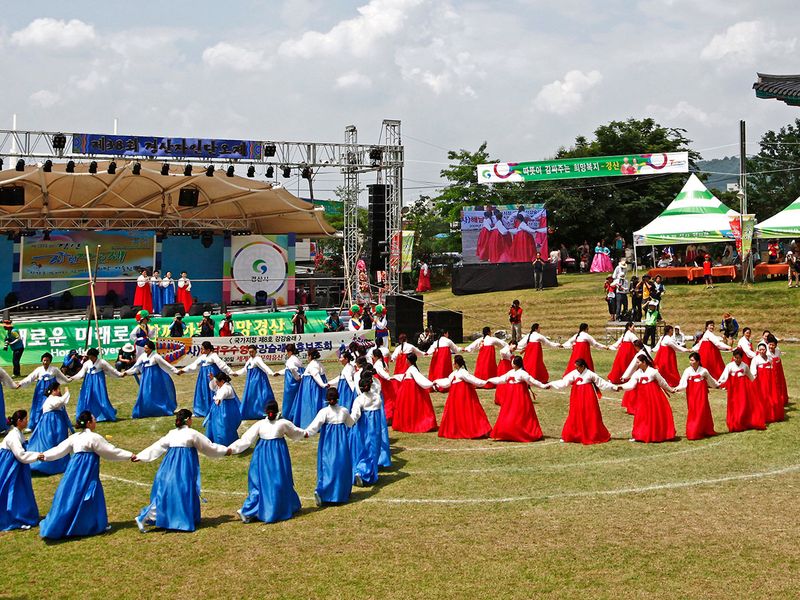
For Korean expats in the UAE, far from boisterous Juldarigi competitions, Chuseok is a merry family affair. “In the UAE, we celebrate Chuseok with family, sharing traditional foods such as Songpyeon, Japchae (sweet potato noodles), Korean apple and pears and galbi jjim. We also send greetings to our family and friends in Korea,” added Kim.
As the streets quieten in the cities of South Korea and families retire to colourful meals and merry games today, if you’d like to join in to celebrate the moon, try the meaty galbi jjim recipe, whip up a savoury buchujeon or have a go at Chung’s family songpyeon – for a sweet and fun family dinner.



